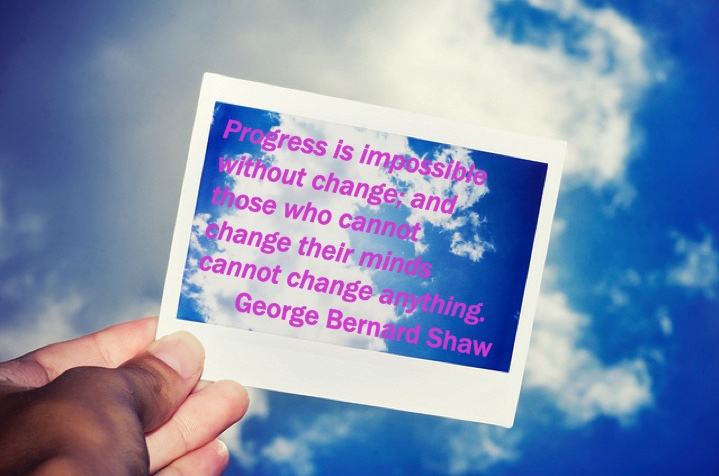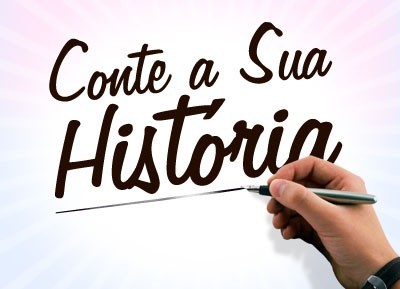This is a guest post by Claudia Teixeira, the sixth in a series of seven blog posts from my International Development Communications students at Georgetown University’s Public Relations and Corporate Communications Masters Program.
I joined the Organization of American States (OAS) in a period when the organization is going through reforms towards more transparency and accountability. Communications has a strategic, and often under-valued role in institutional transformation and change management, and so my OAS internship last winter soon turned into a consultancy contract, to serve as a communications specialist in the Education Department. Here’s why.
The OAS is almost sixty-year old “inter-continental organization founded…for the purposes of regional solidarity and cooperation among its member states.”OAS’s member states are the 35 independent states of the Americas, coming together to promote democracy, human rights, security, and development in the Americas.
 The OAS has been criticized for accepting too many mandates from member states and not being able to effectively focus on its core competencies and present satisfactory results. Last year the US Senate passed a bill called the “Organization of American States Revitalization and Reform Act of 2013,” demanding the OAS to implement strategic management practices and results-oriented reporting, or else it would stop contributing with the organization. The OAS cannot afford to lose the contributions of the US – its major donor – and so is going through major reforms to comply with the US Senate bill.
The OAS has been criticized for accepting too many mandates from member states and not being able to effectively focus on its core competencies and present satisfactory results. Last year the US Senate passed a bill called the “Organization of American States Revitalization and Reform Act of 2013,” demanding the OAS to implement strategic management practices and results-oriented reporting, or else it would stop contributing with the organization. The OAS cannot afford to lose the contributions of the US – its major donor – and so is going through major reforms to comply with the US Senate bill.
Sometimes interns are at the right place at the right time. I was not aware of this reform at the OAS when I applied there, but my knowledge and skills in strategic communications were immediately put to work. The first day of the internship I was informed that they wanted me to develop a strategic communications plan for the Educational Portal of the Americas, which is the online education channel of the OAS.
I was both honored and overwhelmed with the challenge. I was prepared to start from an entry-level position at this new career, and instead I was offered a leadership role. What did I do? Of course I accepted the challenge, I felt like I had been born for this very task. As I started conducting the research, involving the whole team in the definition of the goals, objectives, messages, and strategies, my boss started developing a plan to hire me.
We prepared a meeting with the Education Department’s team to present the communications plan. In the presentation, I offered that the real story of the Educational Portal and the impact of its online courses was going to be found in the lives of the participants. During the research I had found reports from students testifying the benefits of the education, public management, gender, youth and disability policies, and entrepreneurship courses, which are offered with partial and full scholarships to citizens and residents of member states of the OAS. The courses were allowing people to progress in their careers, bringing positive changes to their lives, and ultimately bringing development to their communities, which is the goal of the OAS.
 The most difficult part for me in developing the communications plan was to walk through the pages and pages(!) of complicated explanations of the Educational Portal and sort the relevant information to define what where the most important messages. The documents were full of political and international development jargon that complicated what could be made simple.
The most difficult part for me in developing the communications plan was to walk through the pages and pages(!) of complicated explanations of the Educational Portal and sort the relevant information to define what where the most important messages. The documents were full of political and international development jargon that complicated what could be made simple.
When I found the testimonies of the students I felt like I had found an oasis. They told me in simple and clear language what where the competitive advantages of the program and I made them the center of the new communications plan.
With these stories central in my presentation to the director, I will never forget her words at the end of the meeting. She said, “This is the best presentation of the Educational Portal of the Americas that I have heard. Now I see clearly the importance of this program and the need to invest in it. You are now an intern, but you should be part of the team.” The next day she made me a job offer.
 I believe that I was lucky to arrive at the OAS when they where being pushed towards a more modern and strategic management style. However I was also lucky to be in a department where the director valued me, because she agrees that the stories of the people are more important than the story of the organization.
I believe that I was lucky to arrive at the OAS when they where being pushed towards a more modern and strategic management style. However I was also lucky to be in a department where the director valued me, because she agrees that the stories of the people are more important than the story of the organization.
We exist to improve the lives of the people in the Americas and the programs only make sense if we put their stories at the very center of what we do.
***
Claudia Teixeira is a communications consultant at the Educational Portal of the Americas of the Organization of American States (OAS). The Educational Portal is an online education platform of the OAS that offers free and subsidized courses on key development areas for the Americas. Claudia uses content marketing strategies to increase the visibility of the Education Portal, finding inspiration to do her job in the stories of the course participants who testify about the power of education in opening new windows of possibilities, and encouraging them to bring positive changes to their lives.
Claudia holds a Master in International Management from the University of Maryland University College and is master’s candidate in the Public Relations and Corporate Communications program at Georgetown University.
***
Related Posts
What changes as an organization gets stronger?
Want me to listen? Tell me a story.
Using storytelling to discover why aid projects so often fail
